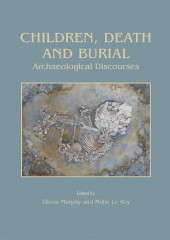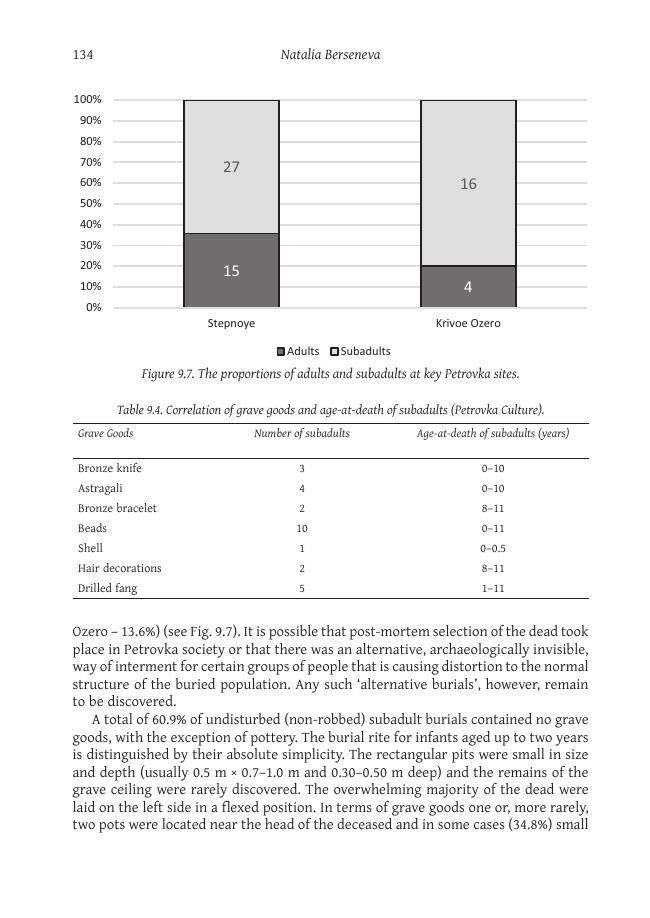2017 - Oxbow Books
E-book
Digital Version
Download | Copia/pega | Impresión
Children, Death and Burial : Archaeological Discourses
240 p.
- Children, Death and Burials assembles a panorama of studies with a focus on juvenile burials; the 16 papers have a wide geographic and temporal breadth and represent a range of methodological approaches. All have a similar objective in mind, however, namely to understand how children were treated in death by different cultures in the past; to gain insights concerning the roles of children of different ages in their respective societies and to find evidence of the nature of past adultandndash;child relationships and interactions across the life course. The contextualisation and integration of the data collected, both in the field and in the laboratory, enables more nuanced understandings to be gained in relation to the experiences of the young in the past. A broad range of issues are addressed within the volume, including the inclusion/exclusion of children in particular burial environments and the impact of age in relation to the place of children in society. Child burials clearly embody identity and andlsquo
- ;the domestic childandrsquo;, andlsquo;the vulnerable childandrsquo;, andlsquo;the high status childandrsquo;, andlsquo;the cherished childandrsquo;, andlsquo;the potential childandrsquo;, andlsquo;the ritual childandrsquo; and the andlsquo;political childandrsquo;, and combinations thereof, are evident throughout the narratives. Investigation of the burial practices afforded to children is pivotal to enlightenment in relation to key facets of past life, including the emotional responses shown towards children during life and in death, as well as an understanding of their place within the social strata and ritual activities of their societies.An important new collection of papers by leading researchers in funerary archaeology, examining the particular treatment of juvenile burials in the past. In particular focuses on the expression of varying status and identity of children in the funerary archaeological record as a key to understanding the place of children in different societies. [Publisher's text].
- Special access authorizations may apply; please contact us for further information.
-
Información
ISBN: 9781785707155
COLECCIÓN
MATERIAS



